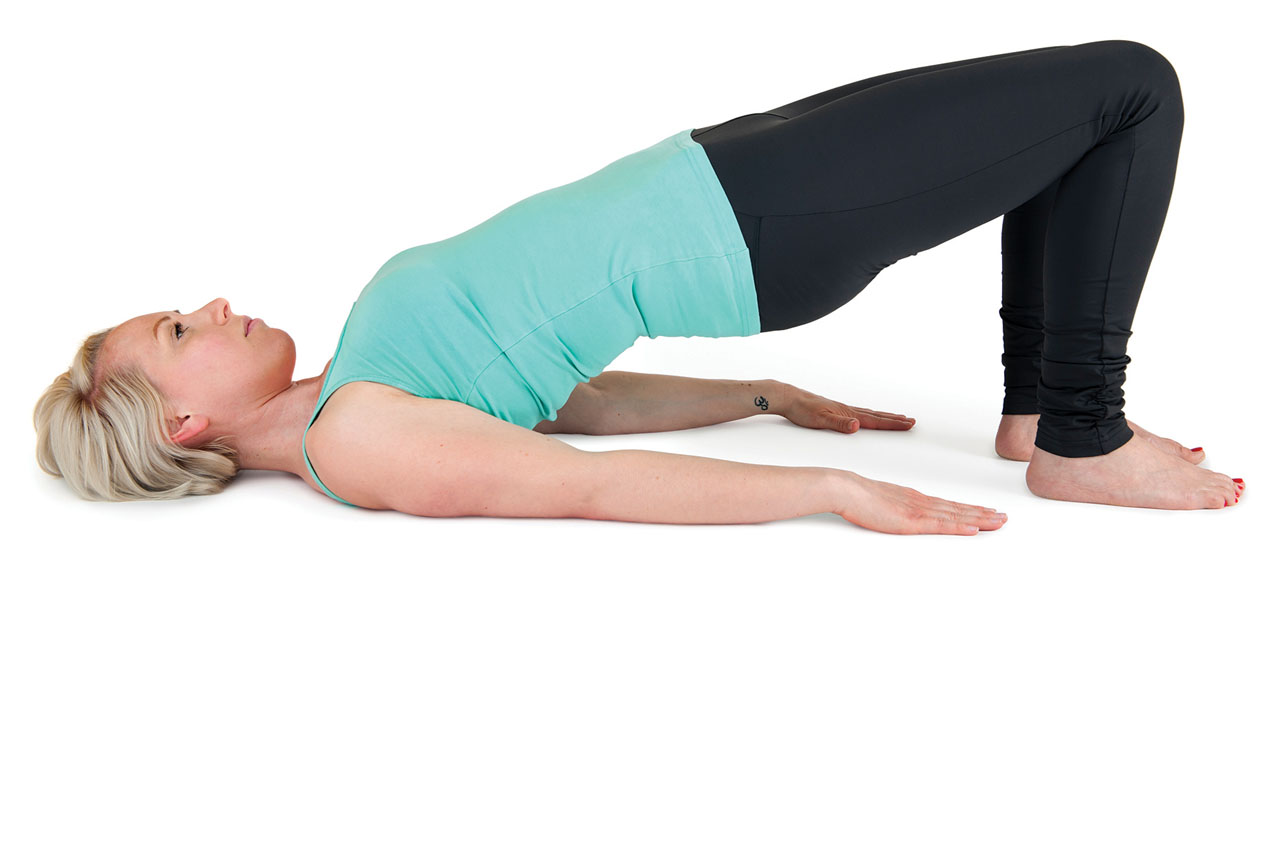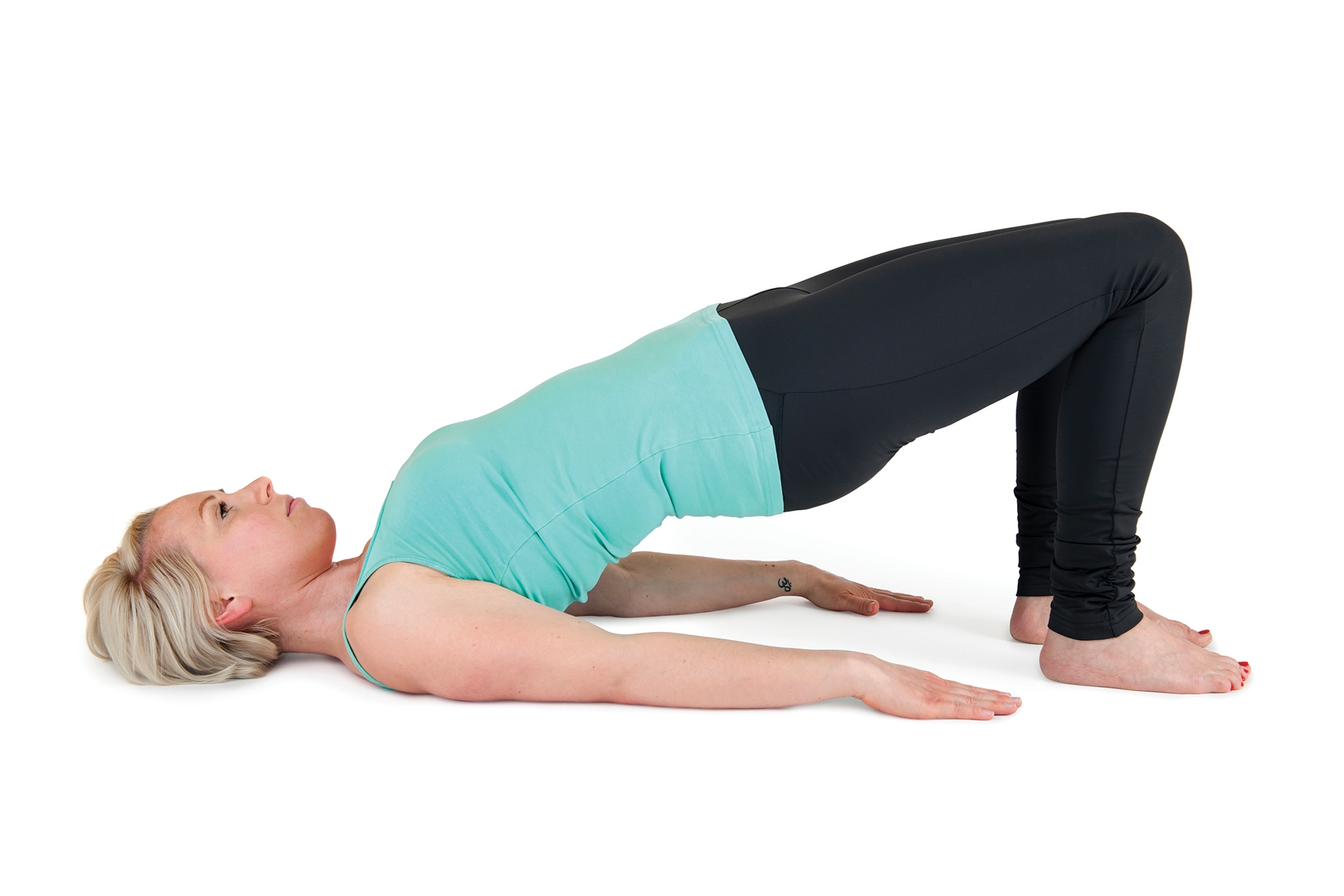Could the pelvic floor really be the pelvic flaw?
Not all pelvic floor issues are the same – do you understand the differences? And which clients you can help?
With one in three women (and a fair portion of men) reported to have pelvic floor issues this is an area that, as a fitness professional, you cannot ignore. Cherry Baker explains more below.
You can expand your knowledge even further at Cherry’s series of FitPro workshops early in 2017. Check out more information and book here – spaces are selling out fast!
The pelvic floor does what the name suggests; its muscles and fascia make up the floor of our pelvis and help keep the bladder, vagina, uterus and bowel in place.
Our ancestors walked on all-fours, which meant the pelvic floor, for the most part, was not directly weight bearing. We now walk on two legs and the pelvic floor lies almost horizontal, closing off the openings between our legs. Without the pelvic floor muscles holding everything in, the abdominal contents would fall through, and sometimes they do! Age and gravity are among the enemies of the pelvic floor and are difficult to combat.
Pelvic floor problems can occur at any age. As fitness professionals, we can help our clients prevent many issues arising, yet equally, with the wrong advice, we can make the situation worse.
1. Clients should be given clear cues regarding how
best to visualise the muscles of the pelvic floor
Take control
Pelvic floor issues are rarely due to an over-active or sensitive bladder as a lot of adverts claim. It is frustrating that the problem is so often described like this, indicating that we cannot do anything about it.
As a fitness instructor, I was proud of my pelvic floor, in particular that I’d had three children and only a few weeks off work to recuperate without any problem. Then I hit my fifties and started to suffer. Yet I was fit, had reasonable pelvic and core stability, didn’t sit down for long periods, and I could do 50 squats without breaking a sweat.
Being faced with my own pelvic floor problems made me research and study pelvic floor to the point of obsession. My friend and physiotherapist colleague, Tracey Gjertsen, shared my passion and, together, we reviewed the evidence and decided that while isolated pelvic floor exercises are not an answer on their own, they are a good starting point for many people.
I believe it is important for fitness professionals to appreciate that not all pelvic floor issues are the same. High-tone sufferers (i.e., those with a hypertonic pelvic floor) will need more help than exercise alone can provide. And it is essential for the trainer to understand and be able to identify people in this category. However, those who have a hypotonic (low-tone) pelvic floor can be helped by fitness professionals.
An in-depth review of the anatomy of the pelvic floor is beyond the scope of this introductory article, and fitness professionals should consult some of the many excellent resources available 1. Briefly, and in terms of function, the muscles that form the pelvic floor not only support the abdominal viscera and enable us to retain bodily waste until it is expelled voluntarily (i.e., stop us from leaking urine), they also help us expel it effectively. The muscles must be capable of multiple functions: passively maintaining continence; actively resisting increases in intra-abdominal pressure; eccentrically lengthening to control expulsion of waste; and perform sexual function. For many of us, these muscles function effectively without training, but this can change as we age or if the muscles become damaged.
There are many ways the muscular sling can become damaged:
- During pregnancy and childbirth
- Repeated coughing
- Heavy lifting
- Inactivity
- Obesity
- Poor posture
- Poor trunk stability.
- Some prostate treatments can damage the pelvic floor, as can neuromuscular issues, some medications, fibroids, back pain, and so on.
Is it unsurprising that approximately one in three women are reported to have pelvic floor issues. Figures for men are not as readily available.
In my experience, physiotherapists are happy to refer clients on to another professional that will help their client to maintain and continue to improve. Only when a client can successfully isolate the pelvic floor muscles can a skilled exercise professional incorporate the regime into functional programmes that help address other issues. As exercise professionals, we should pride ourselves in the knowledge that we deliver evidence-based, reliable and accurate advice in line with the recommendations of national bodies such as the National Institute for Health and Care Excellence (NICE) and the Chartered Society of Physiotherapy (CSP), and work in conjunction with health professionals to educate and empower our clients.
Don’t just sit there
It has been suggested that modern living, in particular seated posture, can result in changes to pelvic floor muscle length and tone. However, urinary incontinence as a result of pelvic floor weakness was acknowledged centuries ago, long before women were spending long periods of time sitting. Urinary incontinence appears as common in countries where daily domestic chores are still performed in a squatting position 2.
There have also been several studies that clearly show that some muscles of the pelvic floor have a lower resting tone in slumped sitting compared with during an upright unsupported sitting position 3. This is why I believe it is so important to train our clients in a variety of postural sets. Achieving good core control in neutral posture during functional exercises such as squats is the very cornerstone of modern Pilates teaching. Incorporating pelvic floor muscle training into functional movement patterns, when the core and pelvic stabilising muscles are likely to be more active, is definitely of benefit, provided that our clients are also taught how to identify and isolate the pelvic floor muscles.
Occasionally, clients may have difficulty relaxing the pelvic floor and sometimes this requires further specialist help.
Top tips
- Familiarise yourself with the NICE exercise recommendations. Useful resources can also be downloaded from the CSP website csp.org.uk
- Form an alliance with your local women’s health physiotherapist (they treat men, too). They will be thrilled to have a reliable, knowledgeable professional to pass their clients on to.
- Instruct from a position of authority and education. Gain CPD points by taking a workshop taught by qualified health professionals that looks not just at the pelvic floor but to wider issues, too.
- If in doubt – refer out. If a client is concerned about continence issues, is unable to contract the pelvic floor muscles or shows symptoms of a high-tone pelvic floor, refer them on to a specialist.
This blog has been adapted from ‘The pelvic flaw?’ which appears in the latest issue of Fitpro, find out more and become a member here.
Want to learn more about the pelvic floor? Check out the FitPro LIVE Workshop Series with Cherry taking place in 2017.
Cherry Baker is a teacher, trainer and presenter with more than 30 years’ experience in the fitness industry.
Tracey Gjertsen is a chartered physiotherapist, Pilates practitioner, sports therapist, corrective exercise specialist and personal trainer.
View our Pilates instructor insurance and secure your coverage today.
References
- physio-pedia.com/Pelvic_Floor_Anatomy
- bladder-control.co.uk/definition/facts-statistics/index.htm
- Sapsford RR et al (2008), Pelvic floor muscle activity in different sitting postures in continent and incontinent women, Arch Phys Med. Rehabil, 89:1741–1747.











